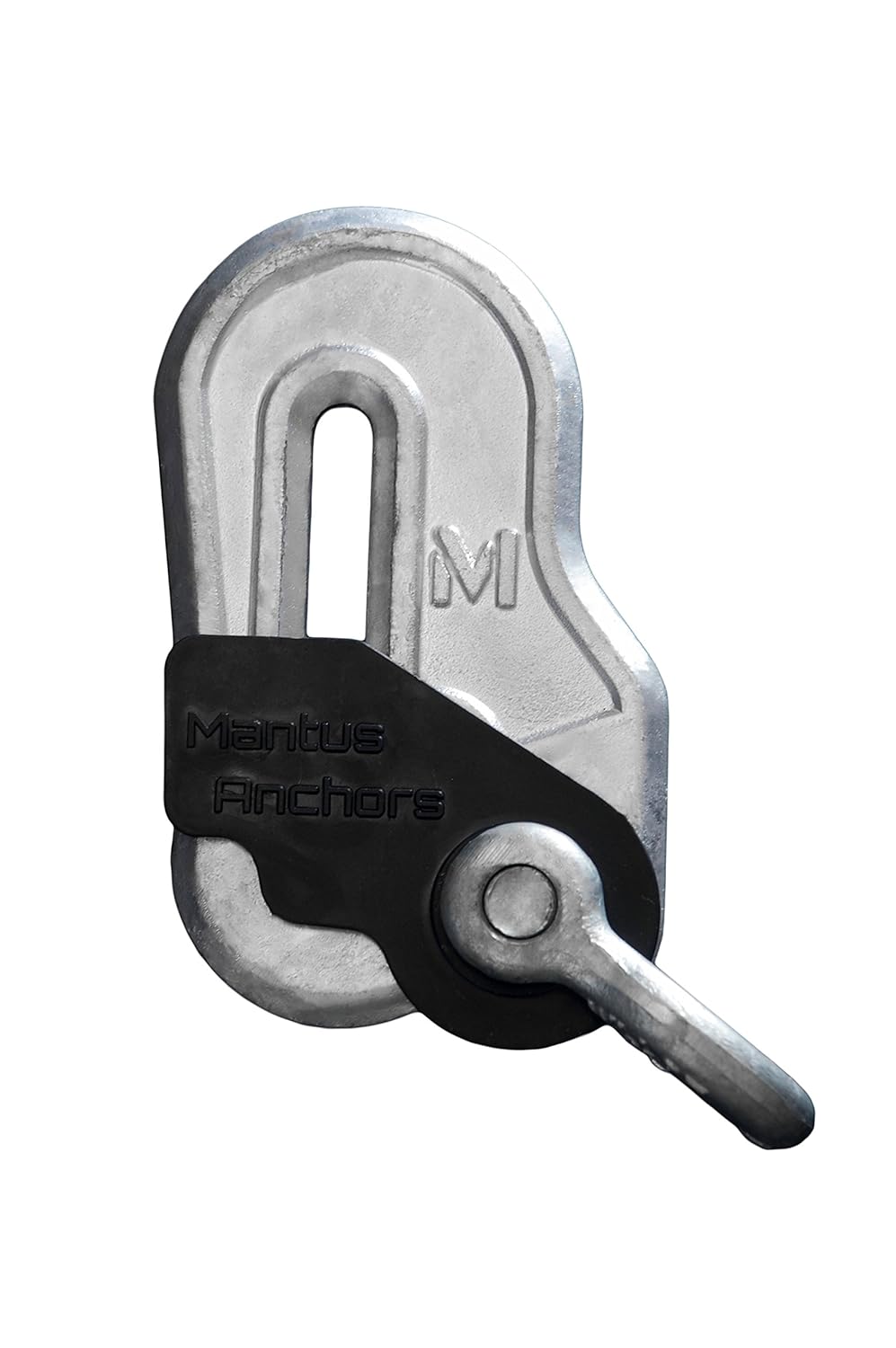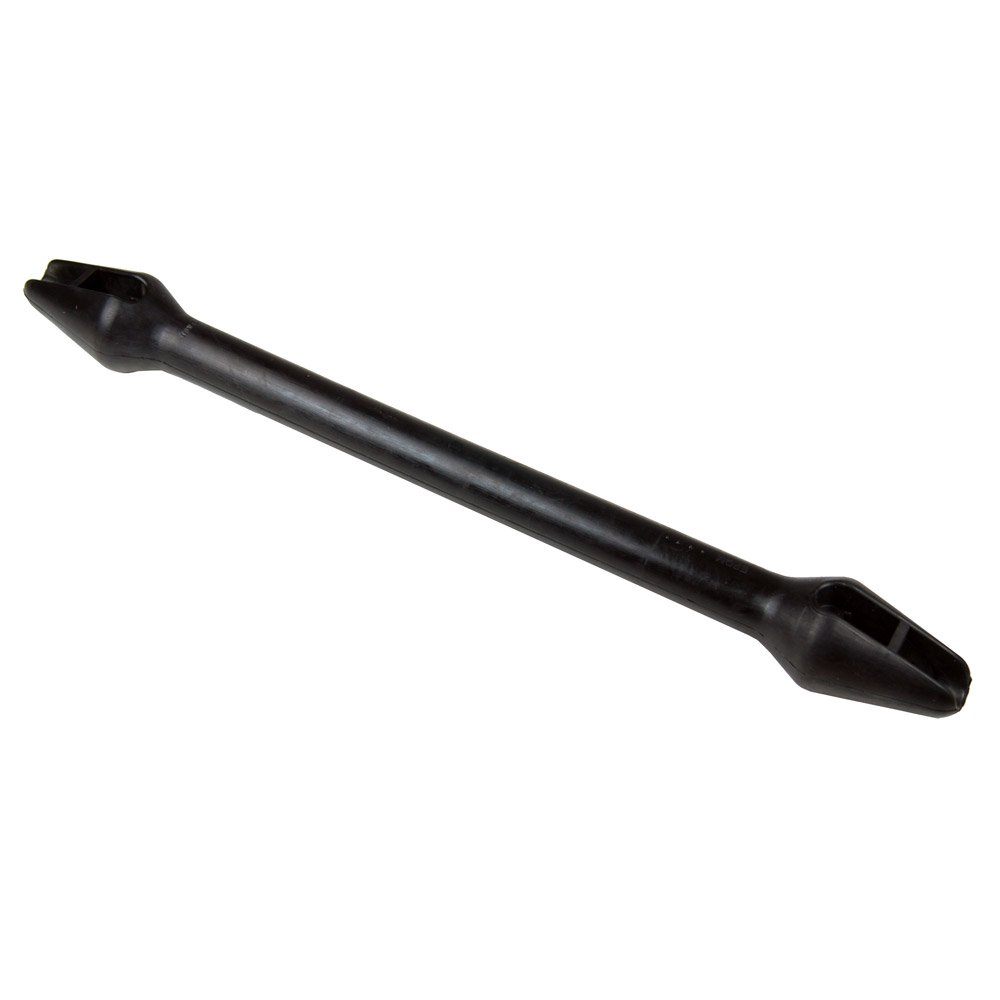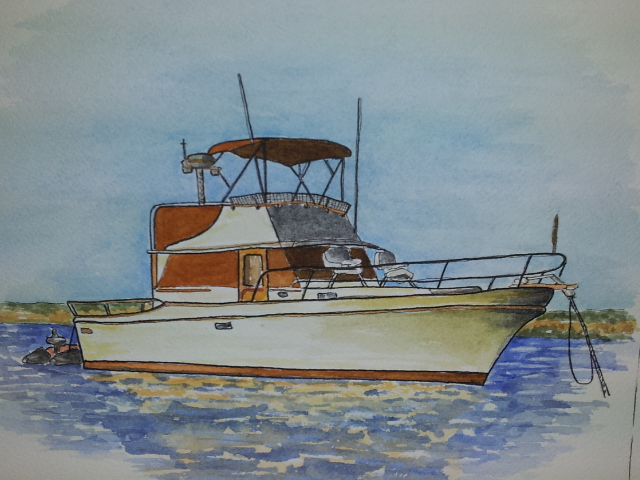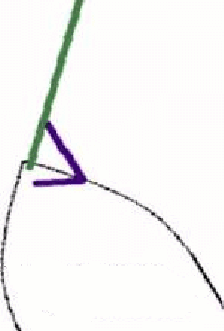I think I am going to try a bridle setup this season. I'm trying to reduce sailing on anchor.
As I've mentioned in past posts, we use a V-bridle with our all-chain rode and have been now for some 15 years or so. We will also sometimes use a single-line snubber for short stays at anchor.
To be honest, I have not noticed any significant difference in the way the boat behaves when using our V-bridle or single-line snubbers. The boat still moves around with the current, of course, and the wind pushes it around, too.
Our boat has much more windage ahead of the center of yaw than aft of it, so it's inclined to "hunt" no matter what. If we really had an issue with this hunting, or sailing if you will, we could add a steady sail to the mast and boom which, like adding bigger feathers to the back of an arrow, would help reduce the hunting in the wind.
But the boat's moving around is of no consequence to us in smooth water.
Where it can become annoying is when we are anchored or on a mooring buoy and the waves are coming from one direction when the wind is coming from another. This is a not-uncommon occurance in some of the deeper, more narrow anchorages we frequent, particulary in strong or storm winds. The waves built by the wind can bend around when they enter these narrow anchorages and so tend to come straight down the length of the anchorage even though the wind is blowing across it at an angle. When this happens, boats will point more or less into the wind which puts them at an angle to the waves, which are sometiimes pretty steep and breaking.
So the boat takes on a corkscrewing motion which can be quite uncomfortable.
When these conditions are present or anticipated, we usually put out a stern anchor to hold the boat's bow into the waves. Then all we have to contend with is a pitching movement.
A technique we have not tried in this situation when on a moooring buoy although we have the hardware on board to do it, is to put a heavy-duty snatch block on the mooring line, let the mooring line out a fair amount, and then take the line attached to the snatch block itself all the way aft and haul it in so that the block forces the mooring line into a Vee. By adjusting the depth of the Vee, the boat can be made to sit off the mooring buoy at an angle. So the Vee would be adjusted to hold the boat into the waves even though the wind was trying to hold it at an an angle.
This is easier to illustrate than describe verbally. I think we first read about it in Earl Hinz's excellent
The Complete Book of Anchoring and Mooring although I may be mistaken.
But so far, at least in our experience, we have not found the V-bridle snubber to make much difference in our boat's hunting while at anchor. Perhaps if one ran the legs of the snubber back to the midships hawses and cleats it might make a noticeable reduction in the hunting. But run through the bow hawses as ours is, we don't see that it does much to reduce hunting, at least not with our boat.
We didn't start using a V-bridle for this reason; as I say, the boat's hunting around some in the wind doesn't bother us.






